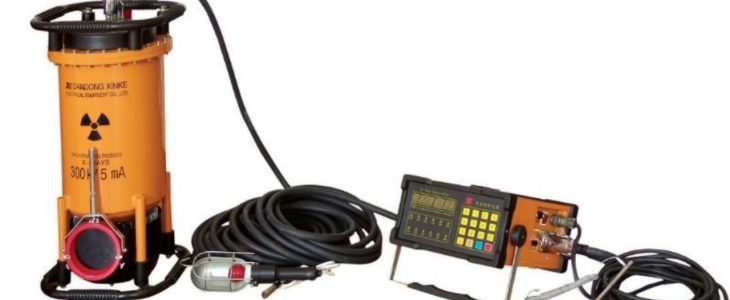
X-ray generation
The x-ray tube is a vacuum tube which consists of a cathode and an anode. Here cathode is a tungsten filament and anode which is considered as a target is made up of a material having a high atomic weight. When a current is passed through a cathode the filament in the cathode will get heated up and emits cathode rays. These cathode rays are nothing but the movement of electrons. The filament is surrounded by a molybdenum cylinder which is kept at a negative potential to the filament. This repels the electron and directs the election as a pencil beam toward the centre of the cylinder. The cylinder will then direct the electron beam to the centre of the target. The target is made up a copper block with a piece of tungsten or molybdenum at its end.
High thermal conductivity is used to carry away the heat generated to the cooling set up. Copper is a good conductor of heat that can take the heat away from the molybdenum or tungsten end to the water cooling system. The target is tilted to an angle of 45 degrees causing the electron to hit at an angle. This will guide the X-ray beam to move perpendicular to the electron beam. High potential is maintained between the source and target. Due to the high potential difference, the electrons are accelerated towards the anode and it hits the anode and the kinetic energy is produced to transfer X- Rays. the intensity of the electron depends upon the number of electrons hitting the target. So we can increase the intensity of X-rays by increasing the number of electrons by increasing the current flowing through the filament.
Gamma rays Generation
Gamma rays are generated by means of a radioisotope. A radioisotope has an unstable nucleus with the absence of proper binding energy to hold the nucleus together. The unpredicted breakdown of an atomic nucleus resulting in the release of energy and matter is known as radioactive decay. Most of the radioactive material utilized in industries are produced artificially. This is done by subjecting stable material to a source of neutrons in a special nuclear reactor. This process is called activation. Once the gamma rays are produced it can never be tamed off. The radioisotope used for gamma radiography is encapsulated to prevent unnecessary leakage of hazardous material. The radioactive capsule is attached to a cable to form a pigtail. On the other end of the pigtail, we have a drive cable. We use a camera for store, guide and expose the pigtail containing the radioactive material. A guide tube and a drive cable are attached to either side of the camera. The radiographer controls the radioactive material through the guide tube using the drive cable.
